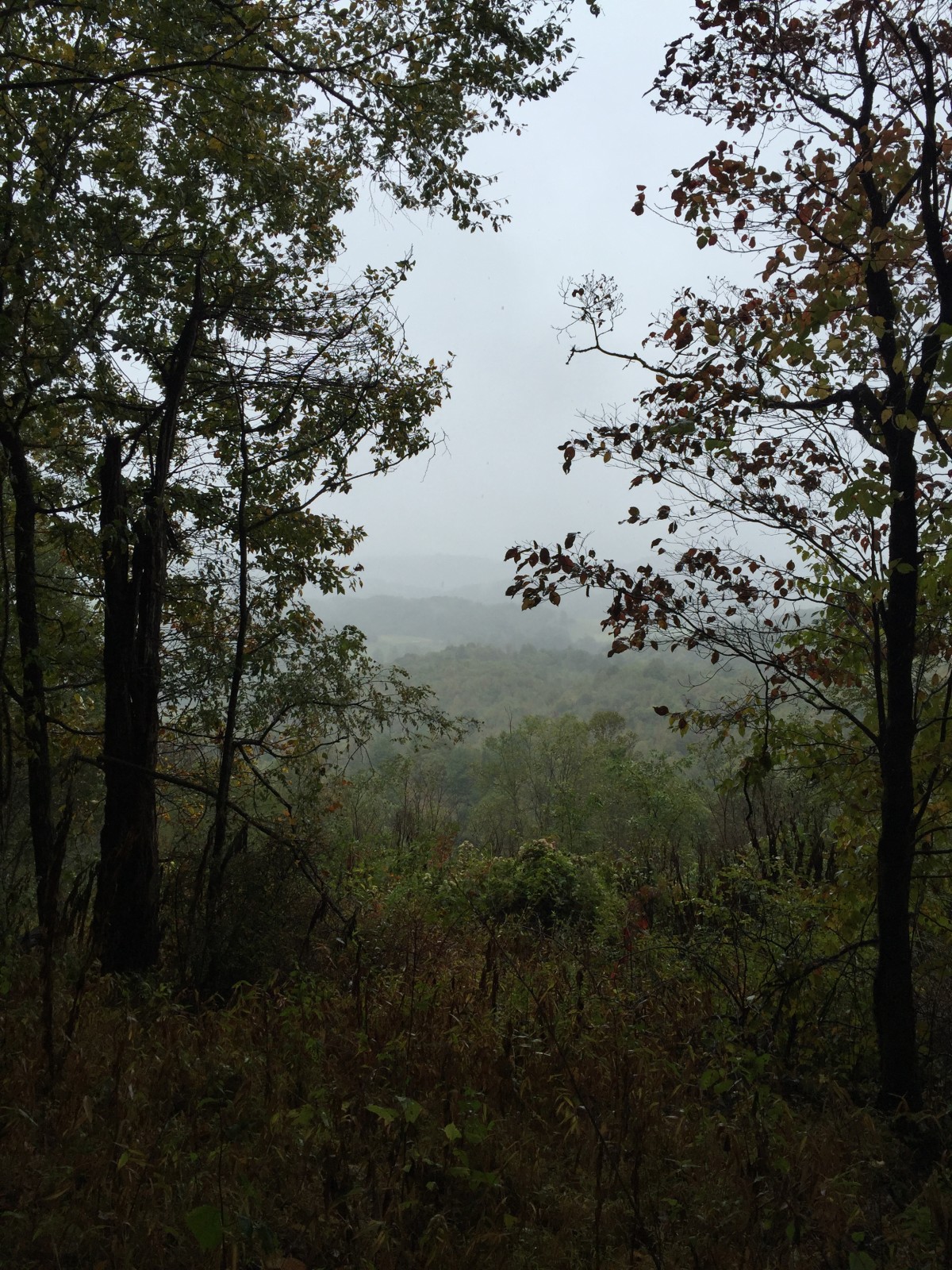The Appalachian mountains and people have long been known for their folklore regarding many things, and predicting the coming winter is one that I grew up hearing about from one early fall to the next. Some family member would swear by one or the other as the most accurate. Other tales and foretelling have entire festivals dedicated to them, such as the lowly woolly worm.
For instance, according to folklore; “For every fog in August, there will be a snowfall”, quotes the Farmer’s Almanac web site. This one has deep roots in these mountains. Some say you can keep track of the numbers of fogs by placing a large bean in a jar for every really thick fog and then a smaller bean for every small or lighter fog. My grandmother and mother began changing the bean to an M&M so that they could eat them as each snow fell.
The Woolly worm is a small brown and black caterpillar, and it is quite a famous little creature here in this area. ” The Woolly Bear caterpillar has 13 brown and black segments, which the late Charles Von Canon explained to the small crowd that huddled together in the sub-freezing temperatures at the first Woolly Worm Festival correspond to the 13 weeks of winter. The lighter brown a segment is, the milder that week of winter will be. The darker black a segment is, the colder and snowier the corresponding week will be.” This is all according to the founders of the Woolly Worm festival held each October near the town of Banner Elk, NC. Since my earliest childhood memories, I can tell you that I have never seen a Woolly Worm without thinking about what it can tell me about the coming winter.
All I know for sure at this time is that Fall is upon us and these mountains are becoming an incredible site! Fog is here to be sure as the following pictures reveal. The clouds and mist at times hang over the tops of the mountains and hillsides as soft white blankets.



I took a hike through the woods and hills on a foggy and misty Sunday afternoon recently. The normally breathtaking views are markedly changed from those of a clear day, but they are no less beautiful. There is quiet as the mist hangs on the leaves and branches in the stillness. The sense you get is that just possibly–you may be really walking in the clouds. You see the outline of the tree trunks softened and yet larger than they normally appear when there is no hazy background framing them.
The mountain fog can be so thick you can barely see. It settles in the river and stream beds lying there until the very last minute. That on the mountains and hillsides will slowly give way to the sunshine and lifts gently off their peaks. 


Every time I hike these hills I am reminded of those who lived here before and on this foggy early fall day I see more evidence of their lives. And old fence post with remnants of rusty barbed wire line old historic tracings of property lines and fields from years before. Some mountain farmers from generations ago cut down a tree, chopped it into sections, dug a hole in the ground and placed the fence post into it. They firmed the dirt back around its base and then once the posts were in they ran the barbed wire and nailed it fast. So often only time and weather have affected their hard work.
Old outbuildings, barns, and homes remain in so many varying stages of aging and repair.

These add to our ability to see and touch pieces of our past. In so many ways their aging makes them more precious to me, as I know they will not always be here. And with their loss, the proof of those old Appalachian farmers who built them may completely fade from our view.
Perhaps it is the fog and mist that makes me feel that the spirits of those who left these old mountain legacies are still here in these places off the winding roads through this place.
